You’ve probably heard by now that Treasury bonds are a safe investment. Good news there: They are, in fact, a relatively low-risk way to grow your money.
Still, Treasuries are complex enough that you shouldn’t dive in without at least a little research first. Also, certain market conditions can affect the value of Treasury bonds—sometimes it pays to be strategic about when you purchase Treasuries.
The Federal Reserve has begun to bring down interest rates and a new administration has growth-oriented policy positions.
So, is now a good time to buy Treasury bonds? Depending on what you want to get out of them, the answer is either “yes” or “maybe.”
Today, we’ll dive into the subject of Treasury bonds—what they are, how they work, and how they differ from similar investments. And once you fully understand how these bonds function, it’ll be easier to decide whether you should buy now or wait.
Disclaimer: This article does not constitute individualized investment advice. These securities appear for your consideration and not as personalized investment recommendations. Act at your own discretion.
Table of Contents
What Are Treasury Bonds?

Much like businesses, the federal government needs to borrow to finance operations or projects, and can do so by issuing debt. Specifically, it does so through the U.S. Treasury, which issues a number of different debt securities dubbed “Treasury marketable securities.”
Among these Treasury marketable securities are a set of three different traditional bonds that differ by how long they need to mature (maturity is when the bond issuer has to repay the bondholder):
— Treasury bills (T-bills): Mature in four to 52 weeks
— Treasury notes (T-notes): Mature in two to 10 years
— Treasury bonds (T-bonds): Mature in 20 to 30 years
Confusingly, though, the term “Treasury bonds” is also loosely used to refer to any of these types of bonds. As an example, there’s an exchange-traded fund, called the iShares U.S. Treasury Bond ETF, that invests in T-bills, T-notes, and T-bonds.
So today, in exploring whether now’s a good time to buy Treasury bonds (also nicknamed “Treasuries,” though you’ll also see it spelled “Treasurys”), we’ll be talking about that broader definition: Treasury bonds of all maturities.
How Do Treasury Bonds Work?

When you purchase a Treasury bond from the U.S. Treasury Department, the government will pay back your principal (your original investment) when the bond matures.
T-notes and T-bonds will also pay interest semi-annually at a set rate (the “coupon rate”), expressed as a percentage of the bond’s value when it was issued (the “par value”).
However, T-bills are a little different. Their “interest” is just the difference between your principal and the bond’s face value when you sell. T-bills are typically issued at a discount from the par value. For instance, a 52-week T-bill might be sold at $99 but have a par value of $100. When you get that $100 back after 52 weeks, you’ll have earned $1 in “interest.”
Ways to Buy Treasury Bonds
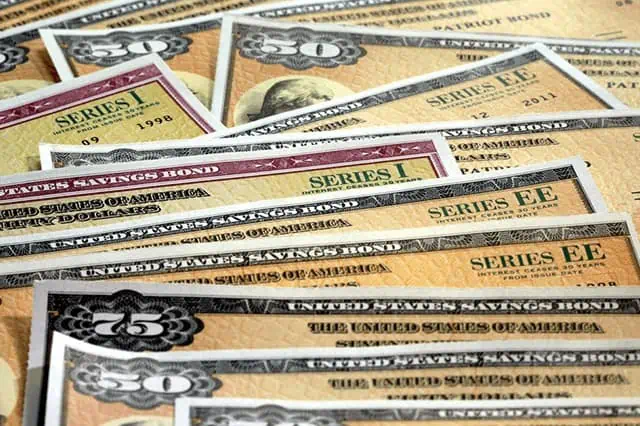
There are three primary ways to buy Treasury bonds:
1. Directly from government auctions: When you do this, you’re buying the bond as it’s being created, with its original maturity and coupon rate.
2. On the secondary market: When you do this, you’re buying a bond that already exists. You’ll likely have less time to maturity than when the bond was issued (say, you might have four years left on a five-year Treasury). Also, while the coupon rate will remain the same, your actual yield might be different depending on whether the bond is worth more or less than when it was originally issued.
3. Via a bond fund: A bond mutual fund, exchange-traded fund (ETF), or closed-end fund (CEF), can hold dozens, hundreds, or even thousands of bonds. That reduces the risk you take by investing in a single bond. Some funds invest exclusively in Treasury bonds; others hold Treasuries as well as a variety of other debt.
Related: The 13 Best Mutual Funds You Can Buy
When you own individual bonds, your returns are made up of the return of the original principal at maturity, as well as the interest you receive while you hold the bond—or, if you sell the bond before it matures, the difference between the price you sold the bond at and the price you bought the bond at.
However, returns on bond funds are different. For one, you don’t receive a set amount of money when a bond matures; instead, your returns hinge on how the fund itself performs. On the upside, rather than receiving interest only twice a year, most bond funds pay interest each and every month.
Related: 13 Dividend Kings for Royally Resilient Income
Bonds themselves can grow or shrink in value for any number of reasons, most notably changes in interest rates and investor appetite for bonds, usually for their perceived safety.
You see, Treasuries have extremely little risk of defaulting because they are backed by the full faith and credit of the U.S. federal government. They are among the safest investments you can make, and they often get used as a proxy for the “risk-free” rate of return in the economy. If the government could not pay its bills, it would either cut spending, raise taxes or both to make sure they can pay their creditors.
Like Young and the Invested’s content? Be sure to follow us.
What Are the Advantages of Treasury Bonds?

Treasuries are generally favored for three reasons: safety, income, and liquidity.
— Safety: Treasury bonds have extremely little risk of defaulting because they are backed by the full faith and credit of the U.S. federal government. They are among the safest investments you can make, and they often get used as a proxy for the “risk-free” rate of return in the economy. If the government could not pay its bills, it would either cut spending, raise taxes or both to make sure they can pay their creditors.
— Income: Treasuries, like most other bonds, provide a fixed level of income. That’s attractive to investors looking for a guaranteed (or virtually guaranteed) rate of return on their investment.
Related: The 7 Best Dividend ETFs [Get Income + Diversify]
— Liquidity: Liquidity refers to how quickly and easily a security can be bought and sold. Because the market for Treasuries is very active, investors typically don’t struggle to buy and sell these securities. Furthermore, the Treasury regularly sells new T-bonds at auctions, allowing people to buy Treasuries directly from the government without needing a bond broker.
What Are the Disadvantages of Treasury Bonds?

Treasury bonds also have a few noteworthy drawbacks:
Modest price returns: While bond prices can go up and down, most of their return is tethered to the interest they pay. Thus, bonds tend to trade in a range around their par value. This differs from stocks, which can be much more volatile. It’s a double-edged sword—it means bonds are less likely to sink significantly in value, but it also means they’re less likely to deliver significant price performance.
Relatively low yields: When a government or business issues a bond, they look at the current interest-rate environment, factor in the risk of the bond they’re issuing, and determine a coupon rate that will be attractive enough to interest investors. Take a bond that matures in 20 years—that’s a lot of time for something to go wrong and the bond go unpaid. Thus, a 20-year bond likely will have a higher interest rate than, say, a six-month bond. Well, Treasury bonds are among the safest and most in-demand bonds on the market—and thus they typically feature much lower yields than comparable bonds from corporate issuers.
Related: 9 Monthly Dividend Stocks for Frequent, Regular Income
Currency risk: Treasuries are denominated in U.S. dollars. If you’re an American, that’s just fine. But it’s a concern for foreign investors. Let’s say 1 euro equals 1 U.S. dollar. You spend 1,000 euros to buy $1,000 in U.S. Treasury bonds. But by the time those bonds mature, 1 euro equals 2 U.S. dollars. So, you still receive $1,000 in principal at maturity—but that’s only worth 500 euros.
Treasury Bond Math Example

Here’s an example just to show you how T-bond returns are calculated. (This is in no way a prediction of future bond prices or interest rates.)
Let’s say you buy a 20-year Treasury bond for $1,000. The interest rate as of this writing is 4.58%. If you hold the bond until maturity, you will receive $1,916 ($1,000 in principal and $916 in interest).
What happens if you don’t hold the bond to maturity?
Let’s say you buy a 20-year Treasury bond for $1,000. The interest rate as of this writing is 4.58%. However, the bond appreciates by 10% by the end of the 10th year, so you decide to sell it. You will receive $1,558. ($1,000 in principal, $458 in interest, and $100 in capital gains.)
Related: 12 Best Long-Term Stocks to Buy and Hold Forever
Also, while you technically would have earned more overall by holding the bond to maturity, you would have earned a greater average return by selling and locking in your gains. In this example, holding on to the Treasury netted you an average annual return of 3.3%, while selling it at the end of Year 10 after it appreciated netted you an average annual return of 4.5%.
Note: This example doesn’t include any federal taxes you might owe. (Treasuries are exempt from state and local tax.)
Like Young and the Invested’s content? Be sure to follow us.
Do I Pay Taxes on Treasury Bond Earnings?
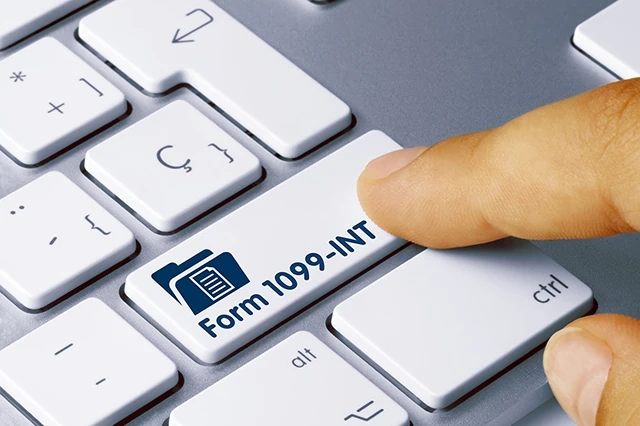
Good news there! While Treasury bonds’ interest income is subject to federal taxes, it’s exempt from state and local taxes. Investors are provided a 1099-INT showing the total amount of interest earned as well as how much was withheld and paid to the IRS for the previous calendar year.
If you hold a bond from issuance to maturity, you won’t owe any capital gains taxes because all you’re getting back is your principal—no more, no less.
However, if you buy a bond, then sell it, and make a profit off the transaction, those returns will be subject to capital gains taxes. Capital gains tax rates are based on your income and the length you held an investment.
Related: 11 Best Brokerage Account Bonuses, Promotions + Deals
How Can I Invest in Treasury Bonds?

As mentioned above, you can primarily invest in Treasury bonds (as well as other Treasury marketable securities) in one of three ways.
1. Directly from government auctions. You can do this via TreasuryDirect.gov, the official U.S. Department of the Treasury website for these and other bonds. The minimum amount to buy a bond is $100, and you can buy them in $100 increments. You can also do this via numerous brokers.
2. On the secondary market: You can access the secondary markets for Treasuries and other bonds via numerous brokers.
3. Via a bond fund: You can buy bond funds through the vast majority of brokers. You can select bond funds that only invest in short-, medium-, or long-term Treasury bonds, funds that invest in Treasuries of various lengths, or funds that invest in Treasuries as well as other debt.
On rare occasion, you can find other Treasury-related products. For instance, the Public investing platform allows you to invest in T-bills through its Treasury Account. Or, if you’d like to buy them directly, you can through a brokerage house like Fidelity or Charles Schwab.
Treasury Bonds vs. Savings Bonds
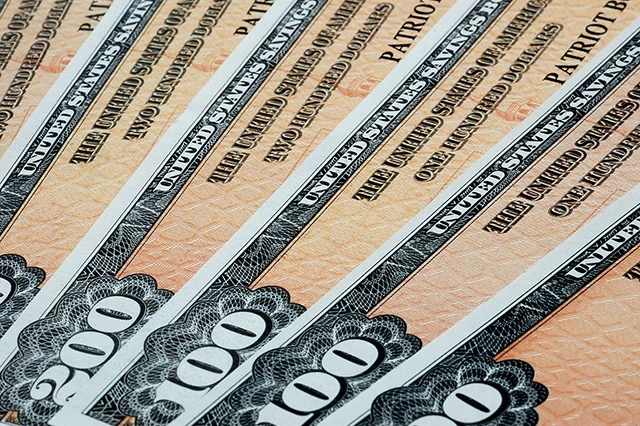
The primary difference between U.S. savings bonds and Treasury bonds is liquidity.
Treasury bonds can be bought and sold at virtually any time, via either primary or secondary markets, or via bond funds.
However, you can only purchase U.S. savings bonds at TreasuryDirect.gov. You can typically only sell them at TreasuryDirect.gov, too, though you can cash paper bonds at a bank or credit union, too.
Also, you’re very limited as to when you can sell. You have to wait at least one year before cashing in both Series EE and Series I bonds. However, if you cash out before five years, you lose three months’ worth of interest.
Related: Best Vanguard Retirement Funds for a 401(k) Plan
Treasury Bonds vs. Treasury Notes

Remember: The term “Treasury bonds” can be used to refer to T-bills, T-notes, and T-bonds collectively, but it can also mean T-bonds specifically.
If we’re referring to the latter, Treasury bonds’ primary difference from Treasury notes is maturity. T-bonds mature in 20 to 30 years, while T-notes mature in two to 10 years.
Because of the longer time to maturity, T-bonds are considered a little riskier than T-notes, and thus often (but not always) sport higher yields. Their prices can also be more volatile.
Related: Best Fidelity Retirement Funds for a 401(k) Plan
Treasury Bonds vs. Treasury Bills
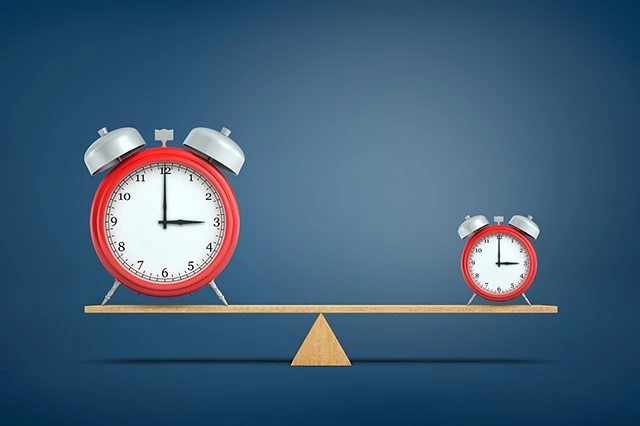
Again, the biggest difference between T-bonds and T-bills is length. T-bonds are considerably longer-term at 20 to 30 years, while T-bills are very short-term in nature at four to 52 weeks. T-bonds are considered to have much more interest-rate risk because of their longer maturity, so again, they often (but not always) have higher yields than T-bills.
Another important difference is interest. T-bonds pay semi-annual interest payments throughout the life of the bond. T-bills, however, don’t pay traditional interest. Instead, T-bills sell for a discount to their par value, and your “interest” is the difference when the bill matures. So, let’s say you buy a T-bill for $99, but its par value is $100. You’ll collect $100 at maturity, and the $1 difference is your “interest.”
Related: 6 Best Stock Recommendation Services [Stock Tips + Picks]
Treasury Bonds vs. CDs
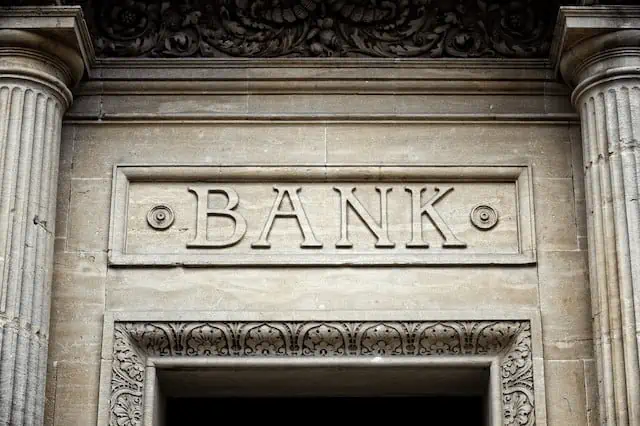
Treasury bonds and certificates of deposit (CDs) are both relatively safe, fixed-rate investments, but there are numerous differences:
— A Treasury bond is an investment you own. CDs are accounts where you store your money.
— Treasury bonds either pay interest semi-annually or, in the case of T-bills, at maturity. CDs’ rates compound either monthly or daily.
— Treasury bonds are extremely liquid, able to be sold pretty much whenever you want. CDs are extremely illiquid; trying to withdraw your money before the end of its term will typically result in a penalty.
— Treasury bond interest is exempt from state and local taxes. CD interest is not.
— Treasury bonds’ lengths range from four weeks to 30 years. CDs’ terms range from three months to five years.
Related: 11 Best CD Alternatives to Capture Interest With Low Risk
So, Is it a Good Time to Buy Treasury Bonds?

Treasury bonds’ interest rates are heavily influenced by the Fed funds rate set by the Federal Reserve. So if you’re thinking about buying Treasuries, you want to know what the Fed is up to.
Many financial experts and investment strategists correctly predicted that the Federal Reserve will begin lowering interest rates this year—as the 0.50% cut in mid-September 2024 and 0.25% cut in early-November showed.
Bond prices and interest rates have an inverse relationship—when rates go up, bond prices go down, and vice versa. So, with rates now looking like they are on their way further down, there’s no guarantee that Treasury prices will increase … but it’s fair to speculate that they will.
Related: 7 Best Growth Stocks to Buy [Find Your Edge]
That being the case, investors potentially have the opportunity to lock in today’s relatively high interest rates and set themselves up for price gains on their Treasuries going forward.
Of course, this mostly matters if you plan on selling your Treasury bonds before they mature. If you just plan to hold a Treasury bond to maturity, then all you need to know at any point you’re considering buying is whether the interest rate on current Treasuries is enough return on your investment.
Want to learn more about investing, spending, taxes, and more? Sign up for Young and the Invested’s free newsletter: The Weekend Tea.
Related: The Best Fidelity ETFs for 2024 [Invest Tactically]
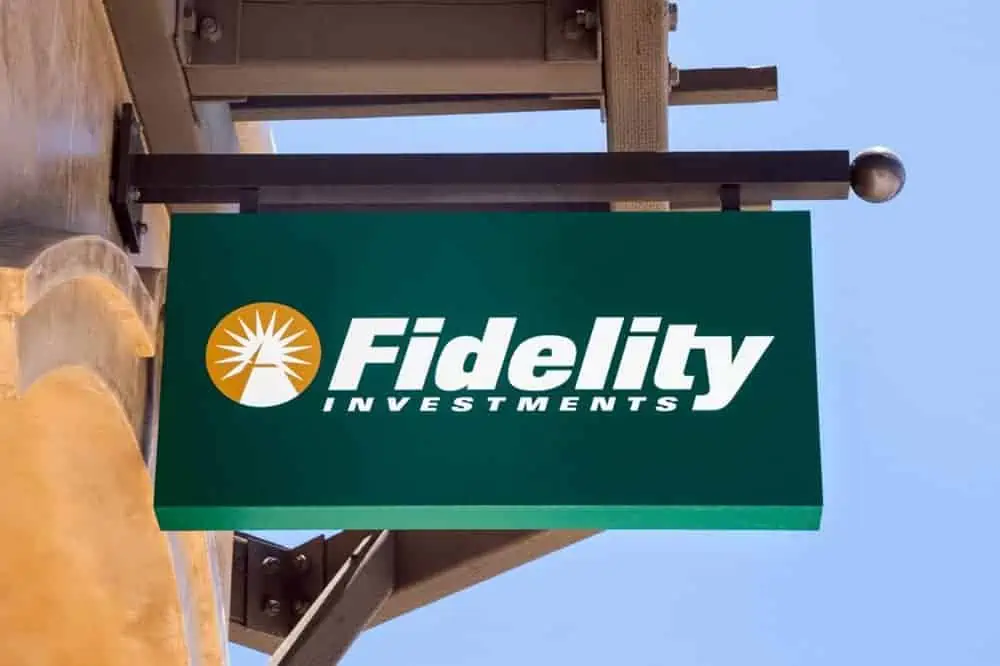
If you’re looking to build a diversified, low-cost portfolio of funds, Fidelity’s got a great lineup of ETFs that you need to see.
In addition to the greatest hits offered by most fund providers (e.g., S&P 500 index fund, total market index funds, and the like), they also offer specific funds that cover very niche investment ideas you might want to explore.
Related: 9 Best Monthly Dividend Stocks for Frequent, Regular Income

The vast majority of American dividend stocks pay regular, reliable payouts—and they do so at a more frequent clip (quarterly) than dividend stocks in most other countries (typically every six months or year).
Still, if you’ve ever thought to yourself, “it’d sure be nice to collect these dividends more often,” you don’t have to look far. While they’re not terribly common, American exchanges boast dozens of monthly dividend stocks.
Please Don’t Forget to Like, Follow and Comment

Did you find this article helpful? We’d love to hear your thoughts! Leave a comment with the box on the left-hand side of the screen and share your thoughts.
Also, do you want to stay up-to-date on our latest content?
1. Follow us by clicking the [+ Follow] button above,
2. Subscribe to The Weekend Tea, our weekly newsletter to read more about investing, spending, taxes, and more, and
3. Give the article a Thumbs Up on the top-left side of the screen.
4. And lastly, if you think this information would benefit your friends and family, don’t hesitate to share it with them!





